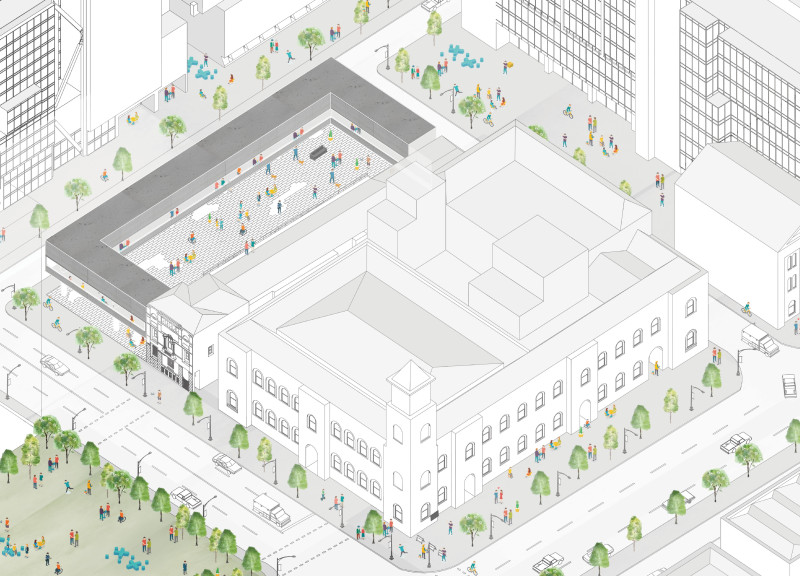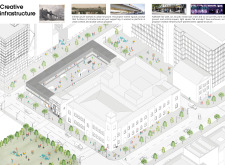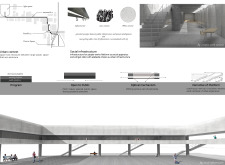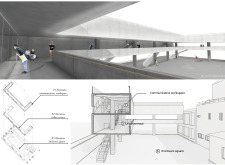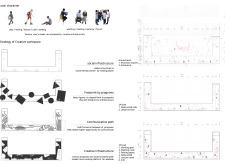5 key facts about this project
**Project Title:** [Insert Project Title]
**Location:** [Insert Geographical Location]
**Introduction**
Situated within [insert context, such as a specific neighborhood or landscape], [Project Title] showcases a thoughtful architectural response to its environment. The design aims to address functional needs while fostering connections among users and the surrounding community. The architects have prioritized a comprehensive approach, integrating local cultural elements and environmental considerations into the project.
**Spatial Organization and User Interaction**
The building’s layout emphasizes flexibility and accessibility, promoting a fluid interaction among various spaces. Key areas are arranged to facilitate movement and social engagement, with designated zones for individual activities as well as communal gatherings. The design incorporates natural sightlines and strategically placed openings, enhancing visual connections both within the structure and to the external environment, thereby encouraging user interaction and movement throughout the space.
**Material Selection and Environmental Considerations**
A careful selection of materials underpins the project's identity and sustainability goals. The design prominently features:
- **Concrete:** Chosen for its structural integrity and thermal mass properties, which aid in energy efficiency.
- **Glass:** Utilized extensively to maximize natural light and visual transparency, fostering an openness that bridges interior and exterior spaces.
- **Steel:** Incorporated for its strength in structural support and modern aesthetic, allowing for expansive configurations.
- **Wood (e.g., Oak or Cedar):** Selected for interior finishes, providing warmth, texture, and a direct connection to nature.
- **Brick:** Employed in select facades to enhance character and contribute to the building’s thermal performance while grounding it within its context.
Overall, the design reflects a commitment to sustainability through the use of durable materials and energy-efficient systems, minimizing the ecological impact while maximizing user comfort and community usage.


